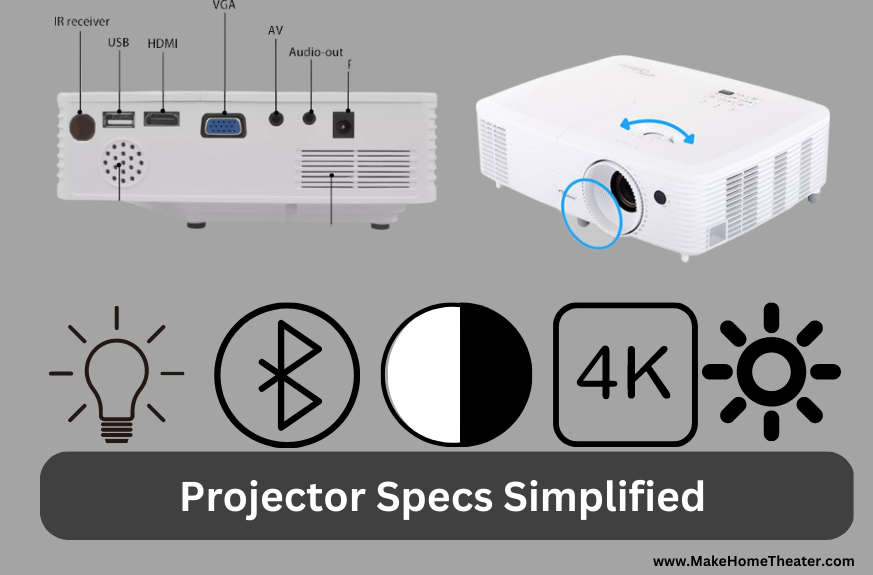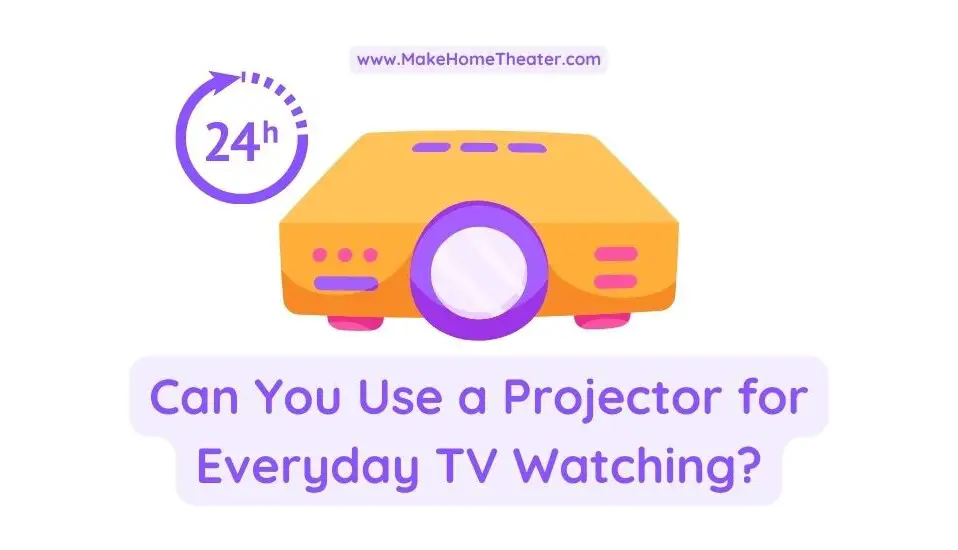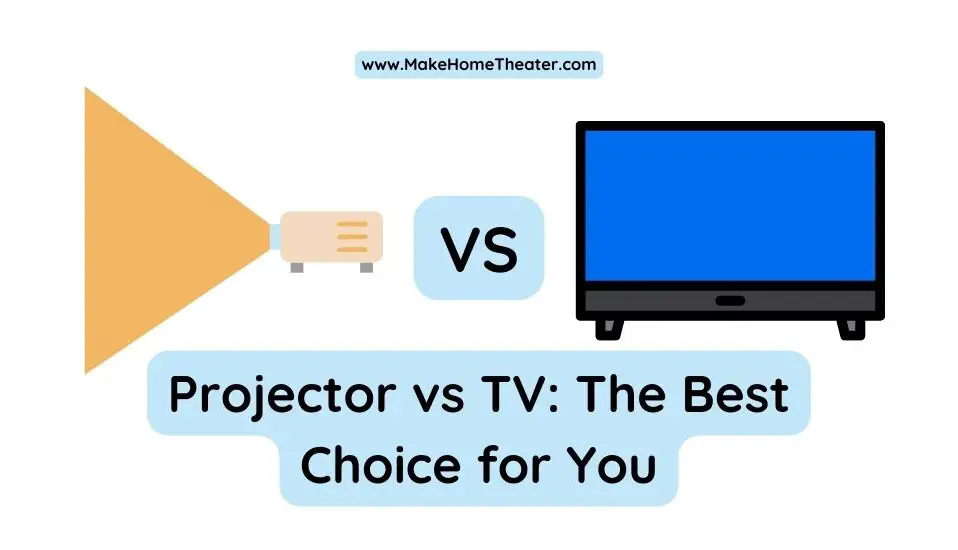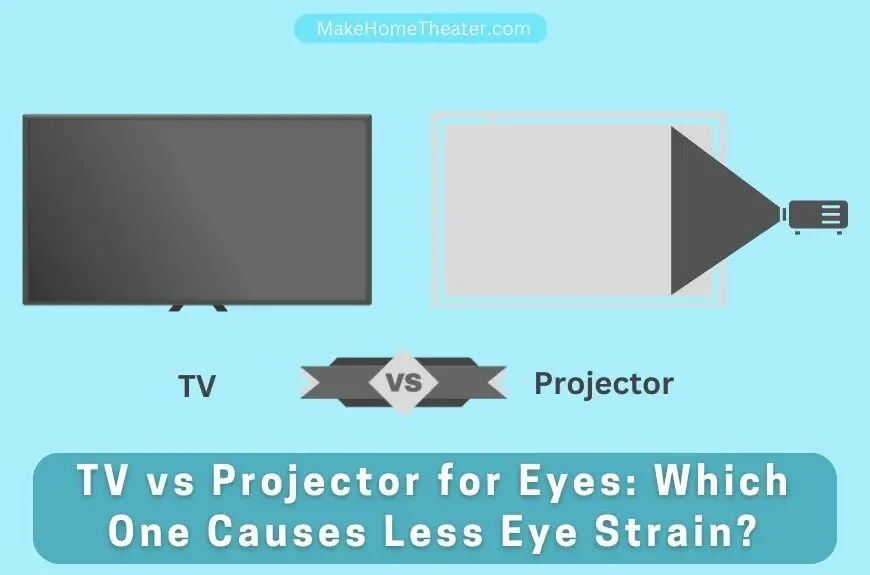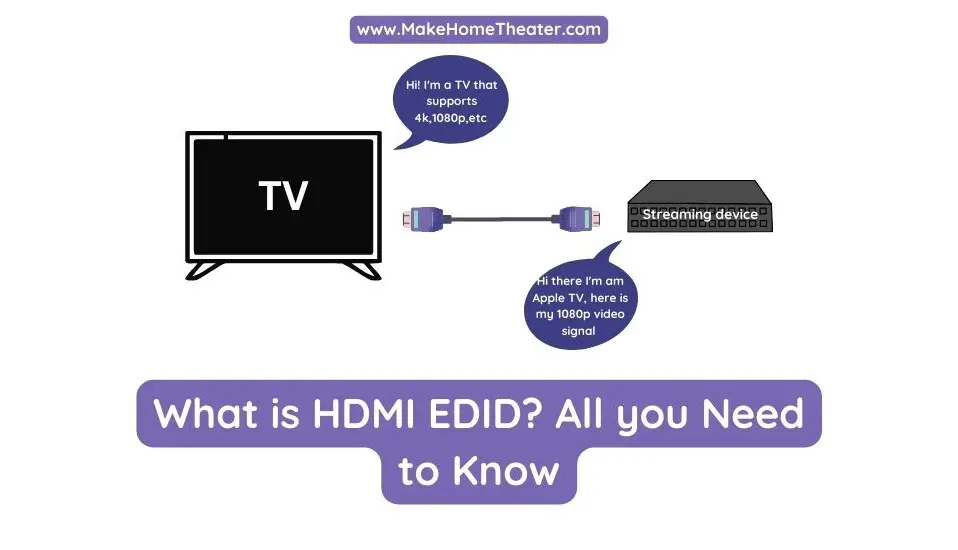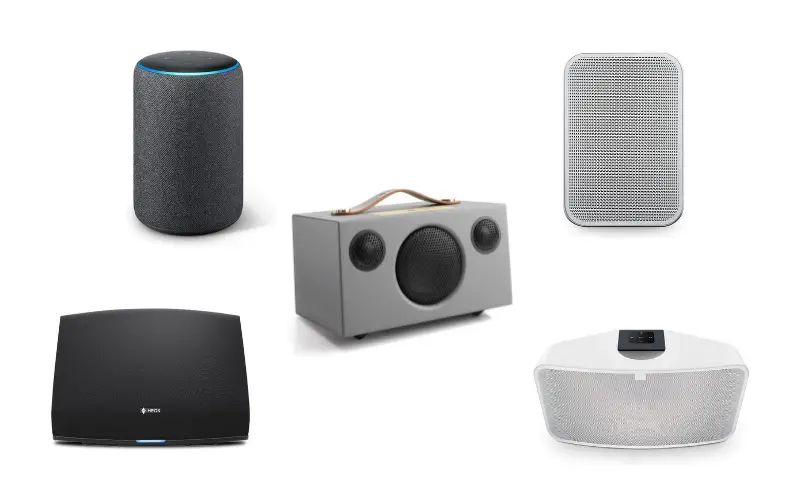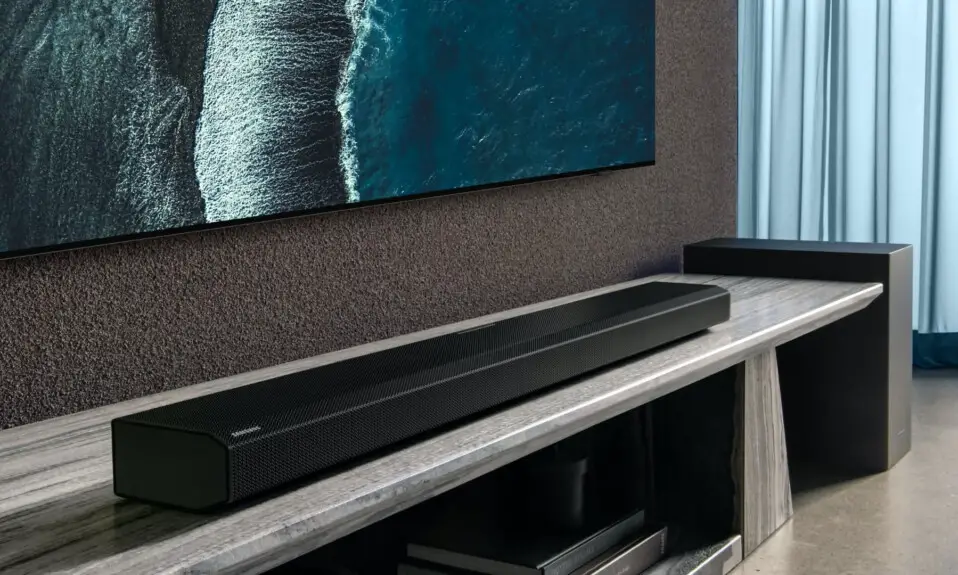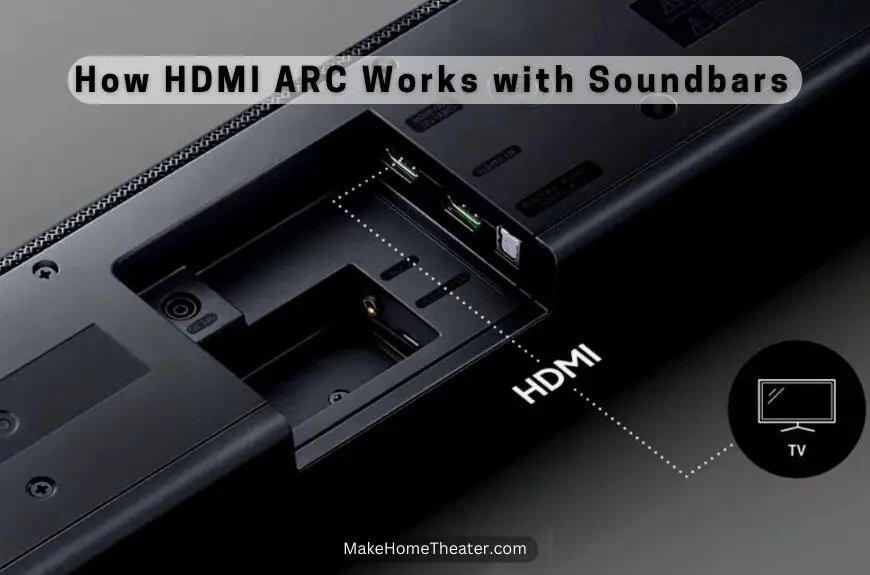My family and I spend a lot of time in our family room. We watch movies, and sitcoms and binge-watch Netflix. To enhance our viewing experience, I began researching home theater options. That’s when I found the home projector. But, I quickly learned that there are many projector specs to consider when choosing a projector.
When choosing a home projector, there are several important projector specs to consider:
- Brightness: measured in lumens, this spec determines how bright the projector can get. A higher lumen count means the projector can display images in well-lit rooms.
- Resolution: measured in pixels, this spec determines the clarity of the image. A higher resolution means a sharper and more detailed image.
- Contrast ratio: This spec compares the brightest white and darkest black that a projector can display. A higher ratio means a wider range of colors and more vivid images.
- Throw distance: this spec determines the distance between the projector and the screen. It’s important to choose a projector with a throw distance that works for your room.
- Lamp life: measured in hours, this spec tells you how long the projector’s lamp will last before needing to be replaced.
- Connectivity: check if the projector has the necessary inputs and outputs to connect to your devices.
When choosing a home projector, it’s important to not only know the specs to look for but also how they will impact your viewing experience. I’ll explain the significance of each spec for your home theater to help you decide which projector is best for your needs, whether it be for gaming or even outdoor use. Be sure to also check out my article on the top home theater projectors currently available in the market.
Table of Contents
Projector Specs – All You Need To Know
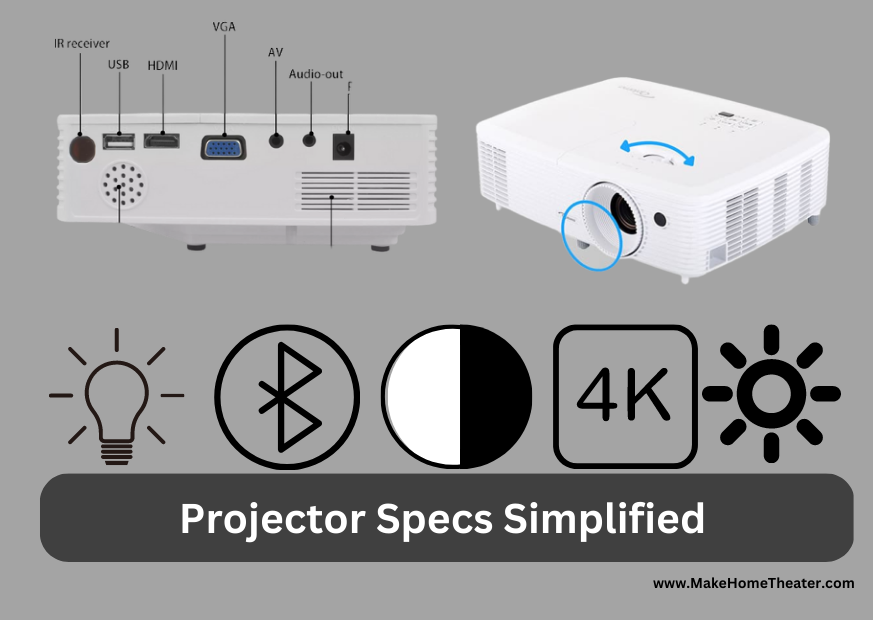
Before diving into the specifics of projector specs, it’s important to understand the value a projector can bring to your home theater.
While modern TVs have come a long way, a projector can offer a more cost-effective option for a large-screen experience. It can also provide a truly cinematic experience, immersing you in the movie or show you’re watching. Investing in a projector and screen combination can be more affordable than buying a large-screen television. It’s a great option if you want to experience the big-screen feel in your own home.
READ MORE:
- 10 Best projectors on the market For Home Theaters
- 8 Best Projectors Under 300$
- How To Choose A Projector Mount For Your Home Theater
- The Best Projector Mounts For Home Theaters
- The Best Projectors To Use In DayLight
Projector Technologies Types
Earlier I mentioned that there are four main types of home projectors: LCD, DLP, LCoS, and LED. Each of these projector types has its own advantages and disadvantages. It’s important to understand these differences when making a decision on which projector to purchase. However, it’s worth noting that laser projectors are not included in this list as they are still relatively rare and quite expensive for consumers.
– Digital Light Processing (DLP):
- Project an image through a series of small mirrors that tilt towards or away from the device’s light source and a spinning color wheel.
- Known for their sharp images, although deep black colors may appear a bit muddy.
- Does not require filters and can offer 3-dimensional capabilities.
- The lamp lasts roughly 2000 to 4000 hours. In some cases, you may see color banding as the lamp reaches the end of its lifespan.
– Liquid-Crystal on Silicon (LCoS):
- Project images by reflecting light off of three individual panels.
- Produce the highest contrast ratios, ensuring black colors are truly deep.
- Best for dark environments that limit screen sizes to 130 inches maximum.
- Large and not made for portability.
- Lamp will last between 2000 and 4000 hours.
– Liquid-Crystal Display (LCD):
- A middle ground between the DLP and LCoS options.
- Not as bright as DLP but offers deeper black.
- Better at fast-paced scenes and brighter than LCoS.
- Requires a filter that may need servicing regularly.
- Lamps last between 2000 and 4000 hours.
– Light Emitting Diode (LED):
- Utilize a series of LED lights to project an image.
- Have better color than LCD models, consume less power and have almost no maintenance costs.
- Smaller than other options and tend to generate less or no heat.
- Not as bright as DLP or LCD models, not ideal for rooms with a lot of ambient light.
- LED lights have a 20,000-hour or more lifespan.
Single-chip DLP projectors are the most common type of home projector. They use a single DMD (digital micromirror device) chip to produce the image. They are known for their sharp images, good contrast ratio, and color accuracy. The 3-chip version, which is most commonly found in movie theaters, is available to consumers but it is extremely expensive. It uses three DMD chips (one for each primary color) to produce the image, resulting in even better color accuracy and brightness. However, it’s not a practical option for most home theater setups due to its cost.
It is important to consider the room environment, the size of the room and the purpose of the projector before making a decision, as each type has its own advantages and disadvantages.
Brightness

Projector brightness is measured in ANSI lumens. In general, home projectors will start at 1000 ANSI lumens, with some models exceeding 3000 ANSI lumens. The higher the lumens, the brighter the image will be.
When choosing a projector, it’s important to consider the room you plan to use it in. The level of ambient light in the room will affect the number of lumens you need. Ambient light refers to the amount of natural light in the room. The more ambient light there is, the higher the number of lumens your projector will need for a clear, crisp picture.
For example, if you have a designated home theater room with limited or no ambient light, you may only need 1000 ANSI lumens. However, if the room has mixed levels of ambient light throughout the day and night, you may want to base your ANSI lumens on the brightest parts of the day.
It’s important to note that having too little ANSI lumens can affect the quality of the image, but having more than what is required will not hurt. It’s best to evaluate the room and determine the appropriate amount of lumens for your projector needs.
Resolution
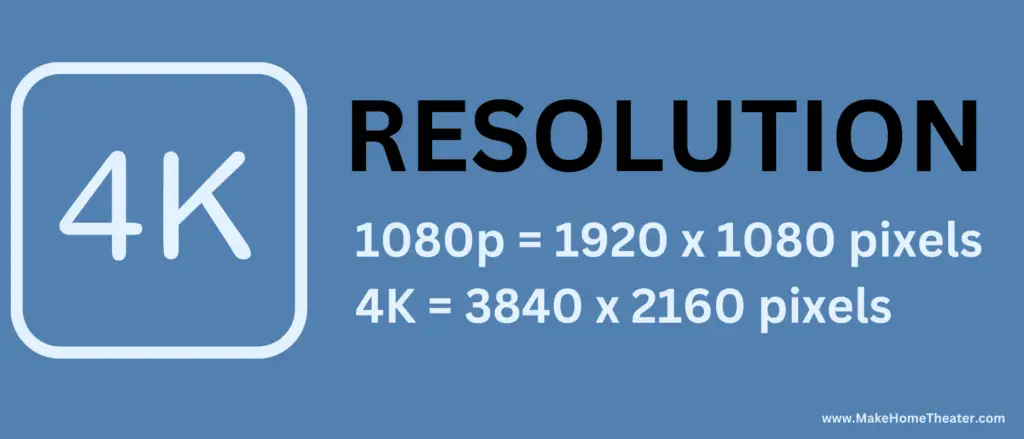
Resolution is typically measured in pixels. For most home projectors, you will see resolution listed as either 1080p or 4K. 1080p means the projector is capable of projecting up to 1920 x 1080 pixels and is considered high-definition (HD) and has become the industry standard for projectors and televisions alike. 4K projectors, on the other hand, have a resolution of 3840 x 2160 pixels and are considered Ultra High Definition (UHD), suitable for large screens.
It’s worth noting that some manufacturers may claim their projectors are 4K, when in fact they are just upscale versions of 1080p. Therefore, it’s important to always check user reviews before purchasing any electronic device.
4K projectors are generally more expensive than 1080p models, with prices starting at around $1500. High-end models can cost almost as much as a new car. Keep in mind that a 4K projector will only offer true 4K resolution if the source material is 4K, otherwise, the projector will upscale the resolution to 4K.
Contrast Ratio

The contrast ratio is the measurement of the difference between the brightest white and the darkest black in an image. A higher contrast ratio means the image will have a more detailed picture quality. However, it’s important to note that contrast ratio is affected by ambient light. Ambient light can dilute the contrast of an image just as it can dilute the brightness.
Projector manufacturers often boast about high contrast ratios, but it’s important to note that these numbers don’t necessarily reflect the quality of the image. This is because the contrast ratio only provides a value for the difference between black and white, and not all the shades in between. ANSI Contrast is a more accurate measure of contrast ratio, as it uses a 16-block checkerboard pattern instead of just black and white.
A projector should have a minimum contrast ratio of 1000:1. This means that the purest white is 1000 times brighter than the deepest black. Additional features such as BrilliantColor and sRGB, allow you to better control and perfect the color processing for your projector.
Available Inputs
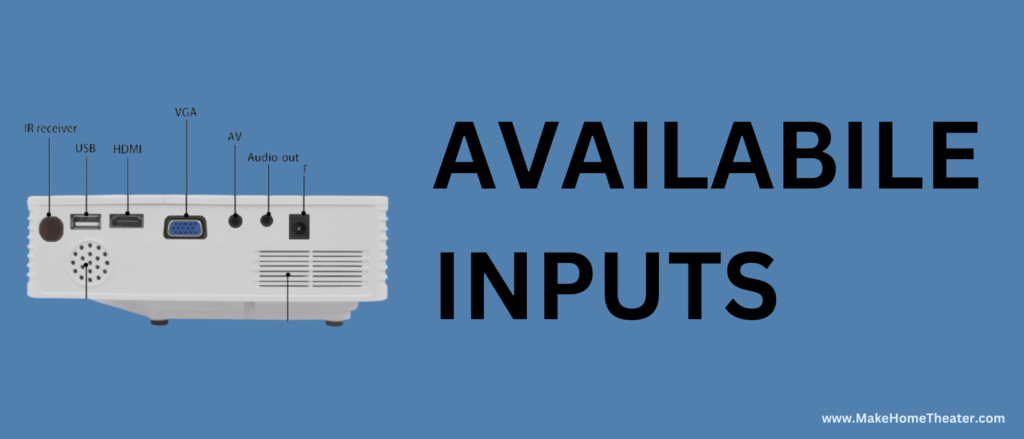
The inputs on your projector may vary. High-Definition Multimedia Interface (HDMI) and Digital Visual Interface (DVI) inputs have become the industry standard on all modern home projectors. However, other options may also be included such as component video, Universal Serial Bus (USB), Video Graphics Array (VGA) and Secure Digital (SD) card slots. Wi-Fi connections have also become popular features for smart projectors.
The number of inputs is important to consider when purchasing a projector. For example, if you are planning to use a receiver, the number of available inputs may not be as important. However, if you are not planning to use a receiver, this spec becomes more important.
For example, if you want to connect a Blu-ray player, gaming console, and Amazon Fire TV Stick all at the same time, you would need at least three HDMI inputs available for use. Make sure to check the number of inputs available on the projector and compare it to your needs before making a purchase.
Zoom and Lens Ratios
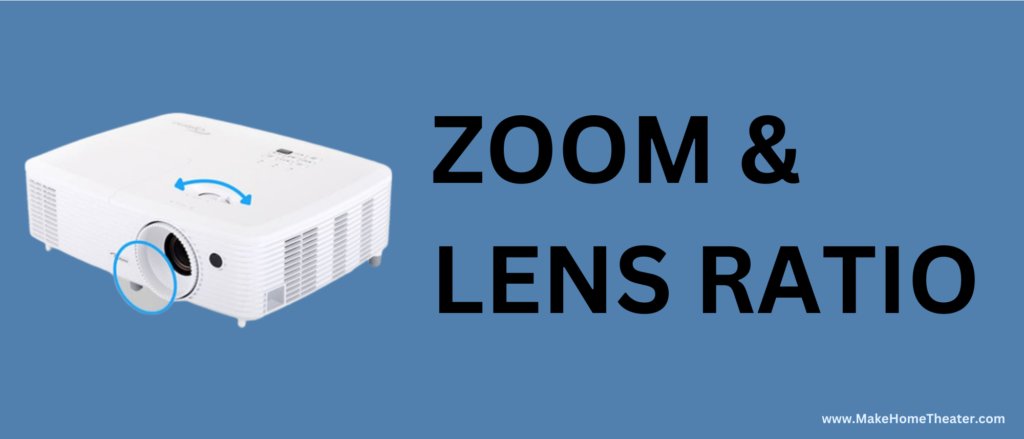
Modern technology has made projecting images much easier. A projector’s zoom and lens ratios help determine the best range of screen sizes and distance between the projector and screen for optimal picture clarity. With a lens shift feature, you can position the projected image perfectly on your screen.
For those who like to project on different screens, a zoom function can adapt and modify the image to fit a range of screen sizes without having to move the projector. A motorized zoom feature can be controlled from a remote control, whereas a manual zoom feature will require you to adjust it yourself. Zoom ratios indicate the maximum zoom potential of your projector. For example, a 2.0x zoom means the image can be doubled in size when at maximum zoom.
When you project onto a screen, it’s known as a “throw”. The throw distance tells you how close or far to place the projector from the screen. The lens-throw ratio helps you evaluate the space requirements for an optimal image. For example, if a projector has a throw ratio of 1:1 to 2:1, you will need to set the projector up 6 to 12 feet from the screen if you have a 6-foot screen.
Finally, lens shift allows you to move the lens up and down (vertical shift) or side to side (horizontal shift). This allows you to place your projector in an ideal location and adjust the angle and direction of your projection.
READ MORE:
- 10 Best projectors on the market For Home Theaters
- 8 Best Projectors Under 300$
- How To Choose A Projector Mount For Your Home Theater
- The Best Projector Mounts For Home Theaters
Noise Level
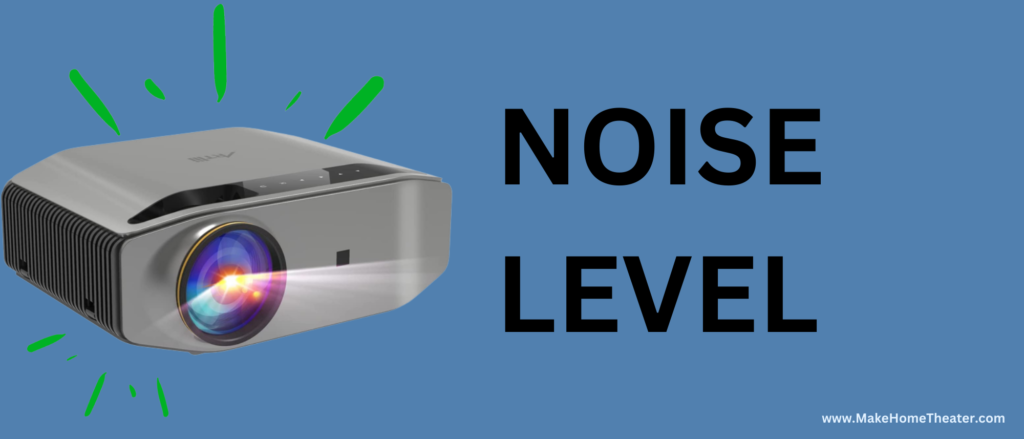
Nothing is more frustrating than a loud noise interrupting your favorite show or movie. That’s why it’s important to consider the noise level of any projector you’re thinking of buying. Projector noise levels are measured in decibels (DB).
Most projectors use fans to keep the device cool while in use. The higher the value, the louder the projector. On average, 30db is considered an acceptable noise level for most users, but a few projectors have successfully reduced their noise to 19 to 25db.
However, fans are not the only source of noise from a projector. Single-chip DLP projectors, for example, may have a faint whirring sound from the spinning color wheel. The projector may also vibrate if it’s set up on a tabletop without proper dampening.
If the noise level is a big concern for you, consider building or buying a projector hush box. This essentially “hushes” the projector and makes it much quieter through the use of sound-absorbing materials.
To Sum Up – Projector Specs
When looking for a projector, it’s important to consider the various specs provided by manufacturers. Keep in mind the importance of the different specs discussed in this article to make an informed decision. If you’re still unsure of which projector to choose, consider checking out our recommended projectors page. These units have received high reviews and have great specs that should work for most home theaters and general viewing setups. Plus, they come at very reasonable price points!
Projector Specs Q&A
How many lumens do you need to project in daylight?
The amount of ambient light in a room can greatly affect the performance of a projector. In a dedicated home theater room with little to no ambient light, a projector with 1000 ANSI lumens or more would work well. For rooms that have a limited amount of ambient light, a projector with a minimum of 1500 ANSI lumens would be more suitable. But for rooms with a lot of ambient light, such as a living room with large windows, a projector with a minimum of 3000 ANSI lumens is recommended.
What is a good resolution for a projector?
The best resolution for you largely depends on your screen size. Generally, the higher the resolution, the crisper the image will be. For screens 130-inches or larger, a 4K projector is the best investment. However, a minimum resolution of 1080p is recommended for any projector. It is also important to note that poor input quality will result in an equally poor projected image. HDMI connections, commonly used by Blu-ray players, gaming consoles and Amazon Fire TV Stick, support a 1080p signal. Therefore, your projector resolution should be at least equivalent to this value.
What does WXGA mean on a projector?
Extended Graphics Array (XGA) is the minimum resolution offered by today’s projectors. (XGA resolutions are those listed as 1024 x 768 and are considered to have a 4:3 aspect ratio.) Wide XGA (WXGA), however, has replaced this resolution as a baseline spec for televisions and projectors alike. A WXGA resolution means your projector produces images up to 1280 x 800 pixels. WXGA is not quite an HD resolution, although many of the lower-end projectors today come with this
What are ANSI lumens?
ANSI lumen is a measure of the amount of light output from a projector. The higher the ANSI lumens, the brighter the projector.
What is the ideal resolution for a projector?
The ideal resolution for a projector depends on the screen size. For screens 130 inches or larger, a 4K projector is the best investment, while a minimum resolution of 1080p is recommended for any projector.
What is the acceptable noise level for a projector?
The average acceptable noise level for a projector is 30 decibels. However, some projectors have successfully reduced their noise to 19 to 25 decibels.
What is the zoom function on a projector?
A zoom function allows you to adapt and modify your image to fit a range of screen sizes without having to move the projector.
What is lens shift on a projector?
Lens shift allows you to move the lens up and down (vertical shift) or side to side (horizontal shift) to adjust the angle and direction of your projection.
What is a throw ratio on a projector?
The throw ratio is the distance between the projector and the screen divided by the width of the image. It helps to determine the space requirements for an optimal image.
What is a projector hush box?
A projector hush box is a device that “hushes” the projector by using sound-absorbing materials to reduce the noise levels.
What is the difference between a motorized zoom and a manual zoom on a projector?
A motorized zoom can be controlled with a remote control, whereas a manual zoom will require you to adjust it yourself.
What is a single-chip DLP projector?
A single-chip DLP projector is a type of projector that uses a single Digital Light Processing chip to produce an image.
What is the difference between ambient light and ANSI lumens?
Ambient light is the natural or artificial light in a room, while ANSI lumens is a measure of the amount of light output from a projector. The higher the ANSI lumens, the brighter the projector.
What is the contrast ratio on a projector?
A contrast ratio is a ratio between the brightest and darkest parts of an image. A higher contrast ratio results in a more dynamic and detailed image.
What is color brightness on a projector?
Color brightness is a measure of the amount of color light output from a projector. A higher color brightness results in more vivid and lifelike colors.
What is a color wheel on a projector?
A color wheel is a rotating disc inside a projector that is used to produce different colors. It spins at high speeds to mix the primary colors of red, green, and blue.
What is a 3D projector?
A 3D projector is a type of projector that can display 3D images and videos. It requires special glasses to be worn by the viewer in order to experience the 3D effect.
What is a short-throw projector?
A short-throw projector is a type of projector that can project a large image from a short distance. This is useful for small rooms or for spaces where the projector needs to be placed close to the screen.
What is a long-throw projector?
A long-throw projector is a type of projector that can project a large image from a long distance. This is useful for large rooms or for spaces where the projector needs to be placed far from the screen.
What is a portable projector?
A portable projector is a type of projector that is small and lightweight, making it easy to transport and set up in different locations.
What is a laser projector?
A laser projector is a type of projector that uses lasers to produce an image. It has a longer lifespan and higher brightness than traditional lamp-based projectors.
What is a 4K projector?
A 4K projector is a type of projector that can display images at a resolution of 4096 x 2160 pixels. It provides a much higher level of detail and clarity compared to 1080p or 720p projectors.
What is an HDR projector?
An HDR projector is a type of projector that can display High Dynamic Range images. It produces a wider range of colors and brightness levels, resulting in a more realistic and lifelike image.
- What is Bluetooth 5? All You Need to Know
- Can Cables Go Bad Over Time?
- What Is an HDMI Audio Extractor? (All You Need to Know)
- Can You Use a Projector for Daily Basis TV Watching?
- How HDMI ARC Works with Soundbars
READ MORE:


